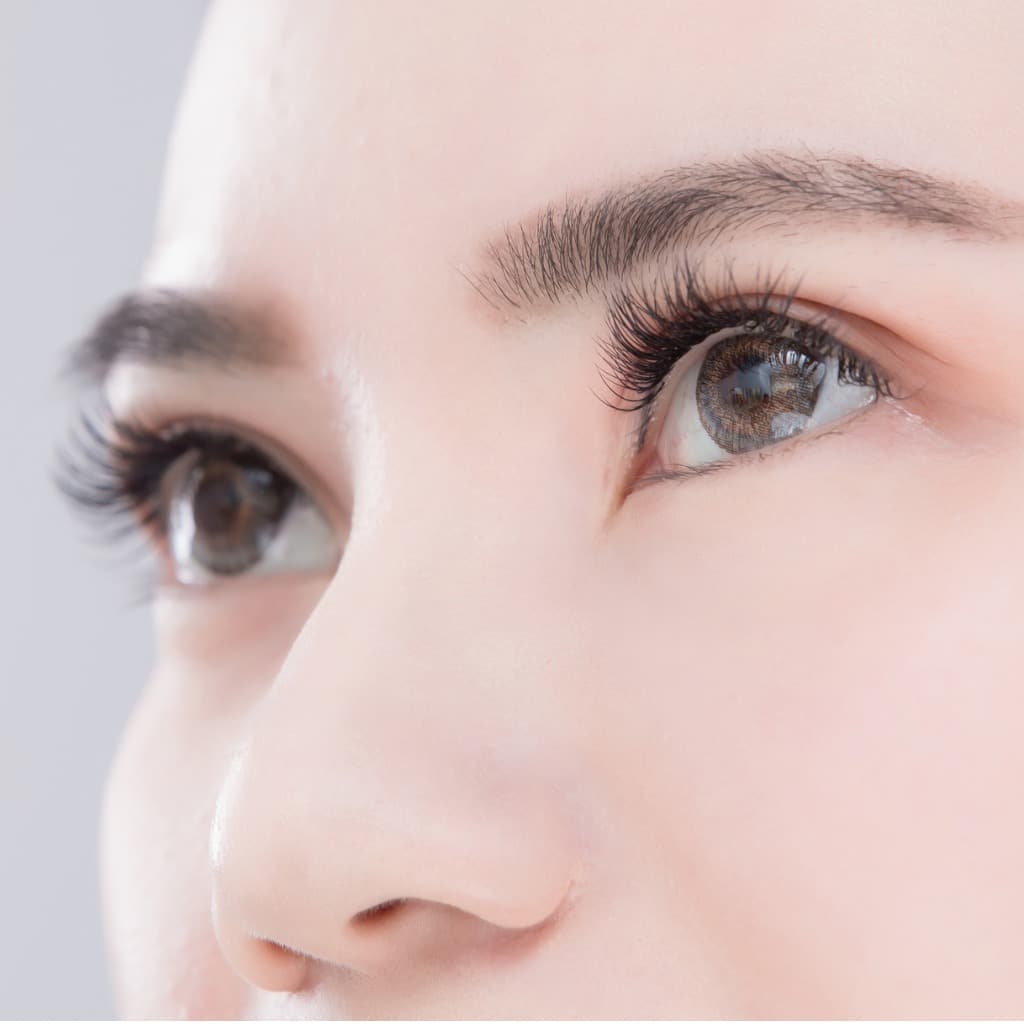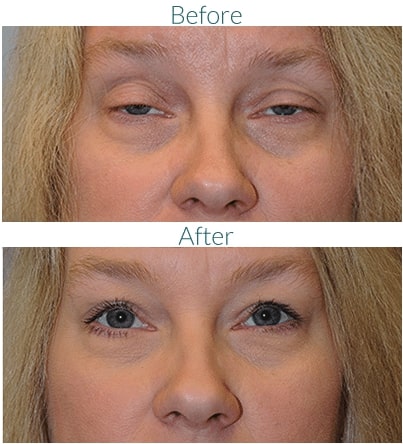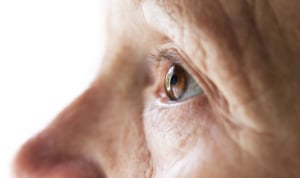What is Eyelid Ptosis?
Ptosis, sometimes referred to as Blepharoptosis, is the medical term for a drooping upper eyelid. This problem affects approximately 5 percent of the population and can affect vision and appearance. The prevalence of this condition increases in the elderly.
What Causes Eyelids to Droop?
Eyelid ptosis can occur from many causes. The most common cause is aging, when the attachments of the eyelid lifting muscle weaken with advancing age. The muscle works, but its tendon does not have the same lifting ability and hence the eyelid droops. Some patients are born with a congenital defect in the muscle also causing ptosis.
Droopy Eyelids in Children
Children that are born with drooping eyelids suffer from “congenital ptosis”, which is caused by issues in the muscle that lifts the eye. Additional symptoms of this disorder include asymmetrical upper eyelid creases. Children born with this condition tend to develop habits of lifting their eyebrows and tilting their heads backwards to make up for their vision impairment. In many cases of congenital ptosis, both eyelids begin to droop.
Droopy Eyelids in Adults
When adults develop Ptosis, it is due to the gradual weakening of the eyelids. Patients tend to exhibit difficulty reading and increased vision impairment.
What Are the Symptoms of Ptosis?
The condition can be either unilateral (one side) or bilateral (both sides). When the drooping is mild, it may be barely noticeable and not impair vision. When severe, the upper eyelid can encroach upon the pupil, causing loss of peripheral vision (side vision). The central visual acuity, the vision necessary for reading an eye chart, is usually not impaired.
Ptosis is easily diagnosed. The obvious asymmetry of the droopy eyelids are a give away to this condition. However, there are some differences between Blepharoptosis in children and in adults.

How is Ptosis Surgery Performed?
A surgical procedure, similar to blepharoplasty, can be performed to repair drooping eyelids and restore them to their natural shape and contour by adjusting or tightening the eyelid lifting muscles. This operation often works for children as well, but some will require more complex surgery that employs the eyebrow lifting muscle to help open the eye. Dr. Fante has performed thousands of ptosis repair operations.
The procedure is performed usually under local anesthesia as an outpatient, except for young children who require general anesthesia. The surgery is painless, takes less than an hour and patients can usually resume their normal activities in about a week. Dr. Fante operates at many of the surgery centers and hospitals in the Denver metro area. He also operates in Goodland, Kansas.
Droopy Eyelids Before and After Surgery

Ptosis Surgery Patient Testimonials
Read What Our Patients Are Saying!
"“I was quite nervous about having a procedure to lift drooping eyelids. After meeting with staff and Dr. Fante I felt more confident. The Dr. took time to address all of my concerns and reservations. There was no pressure to have the procedure done. After discussing all of the pros and cons I decided to set a date to have the procedure done. Everyone in the office was very polite and supportive.”"
Click here to read more reviews.
What is the Recovery From Ptosis Repair Surgery?
Most surgical procedures that are performed in an operating room will cause swelling and bruising and will have sutures that require care for the first week or two. During this period, you’ll be able to see, move about, and accomplish a lot, but you will probably have at least one “black” eye.
We ask our patients to avoid strenuous activities for the first week or two. We also give patients more specific instructions on travel, bathing, and post-op care. Your healing will be dependent on which procedure you are having done, your compliance to pre and post-operative instructions, and your overall health. We will do our very best to make sure that you have all the information you and your caregivers will need to provide the best care possible. We are always here to help and available if any questions or concerns arise.
Most people, depending on their surgery, will return to work in 7 – 14 days. Some more, some less. This is very dependent upon the type of surgery you need, your occupation, and your compliance to post operative instructions. For some smaller repairs, you might be able to return to work in 2-3 days, particularly if you can work with bruises on your face.
Will Insurance Cover Ptosis Repair Surgery?
Your eye doctor performs a special test, a visual field test, to determine if the eyelid ptosis is affecting vision. In some cases, where there is vision obstruction, medical insurance may cover some or all of the costs for surgery. Some patients may also elect to have the surgery for cosmetic reasons. Children with ptosis usually need to have the eyelid(s) repaired to permit normal visual development, and for them, surgery is never cosmetic.
Are There Risks to Blepharoptosis Surgery?

Why Choose Dr. Fante to Repair My Droopy Eyelids?
Dr. Fante has tremendous experience in all facets of oculofacial plastic surgery and been in practice for over 20 years He is involved in the educational community and is well aware of the latest technologies. He is open, honest, and always willing to answer any specific questions in your consultation.
Schedule a Consultation
For more information about eyelid ptosis and other reconstructive procedures visit our office in Denver, CO! Call 303-839-1616 today to schedule a consultation with top plastic surgeons Dr. Robert Fante.


